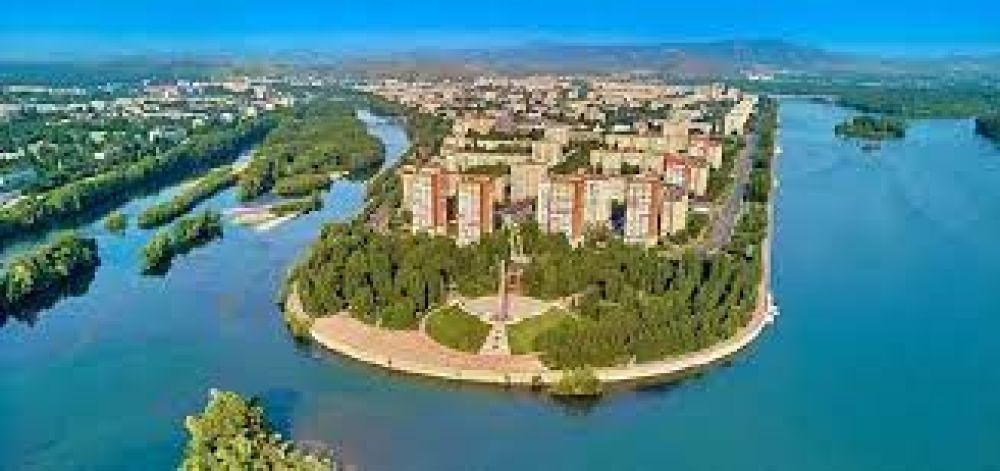

The Zashchitinskaya Fortress, nestled in the city of Ust-Kamenogorsk (Oskemen) in Eastern Kazakhstan, stands as a testament to the historical tapestry of the region. Ust-Kamenogorsk, founded in the 18th century as a Russian fortification, has evolved over centuries and plays a crucial role in the modern development of Kazakhstan. While not as widely known as other destinations in the country, the area's tourism history is deeply entwined with the Zashchitinskaya Fortress, encapsulating a blend of cultural heritages and eras.
Established in the late 18th century, the Zashchitinskaya Fortress was constructed during a period of expansion by the Russian Empire. Its primary purpose was to serve as a defense against the invasions and to assert Russian influence in the region. Over time, the fortress has undergone numerous changes but remains a strong symbol of the city's beginnings.
Historically, Ust-Kamenogorsk was not a primary destination for international tourism. It has traditionally been known for its industrial capacities and natural resources. However, in recent years, there has been a concerted effort to promote the historical and cultural sites of Ust-Kamenogorsk, including the Zashchitinskaya Fortress, as part of the country's broader tourism development strategy.
Attractions around the Fortress
Today, the fortress is surrounded by a scenic area that includes the Ulba and Irtysh rivers, providing picturesque settings for visitors. Attractions such as the Ust-Kamenogorsk History and Local Lore Museum, the Altai Mountains, and various religious and cultural edifices add to the visitor experience. The Zashchitinskaya Fortress itself offers a mix of ruins and reconstructions that intrigue history enthusiasts and casual tourists alike.
In line with global tourism trends, Ust-Kamenogorsk is increasingly focusing on sustainable and cultural tourism. Eco-tourism is gaining traction, with visitors being drawn to the city's proximity to the beautiful landscapes of Eastern Kazakhstan and the Altai region. Cultural experiences that showcase the ethnic diversity and traditions of Kazakhstan, including festivals, music, and cuisine, are also drawing interest.
The Kazakhstani government and local tourism boards emphasize on creating tourism infrastructure that accommodates international visitors. This includes investments in language services, guided tours, and information centers that help tourists engage meaningfully with attractions like the Zashchitinskaya Fortress.
Looking to the future, Ust-Kamenogorsk aims to become a key player in Kazakhstan's growing tourism industry. With its rich mix of history, culture, and natural beauty, the city, anchored by the historical importance of Zashchitinskaya Fortress, is poised to welcome a growing number of visitors seeking to discover the lesser-known gems of Central Asia.
Efforts are underway to preserve the historical integrity of Zashchitinskaya Fortress while making it more accessible and informative for tourists. The continued focus on cultural heritage and sustainable development suggests a bright future for tourism in Ust-Kamenogorsk, which honors its past while looking forward to new horizons.